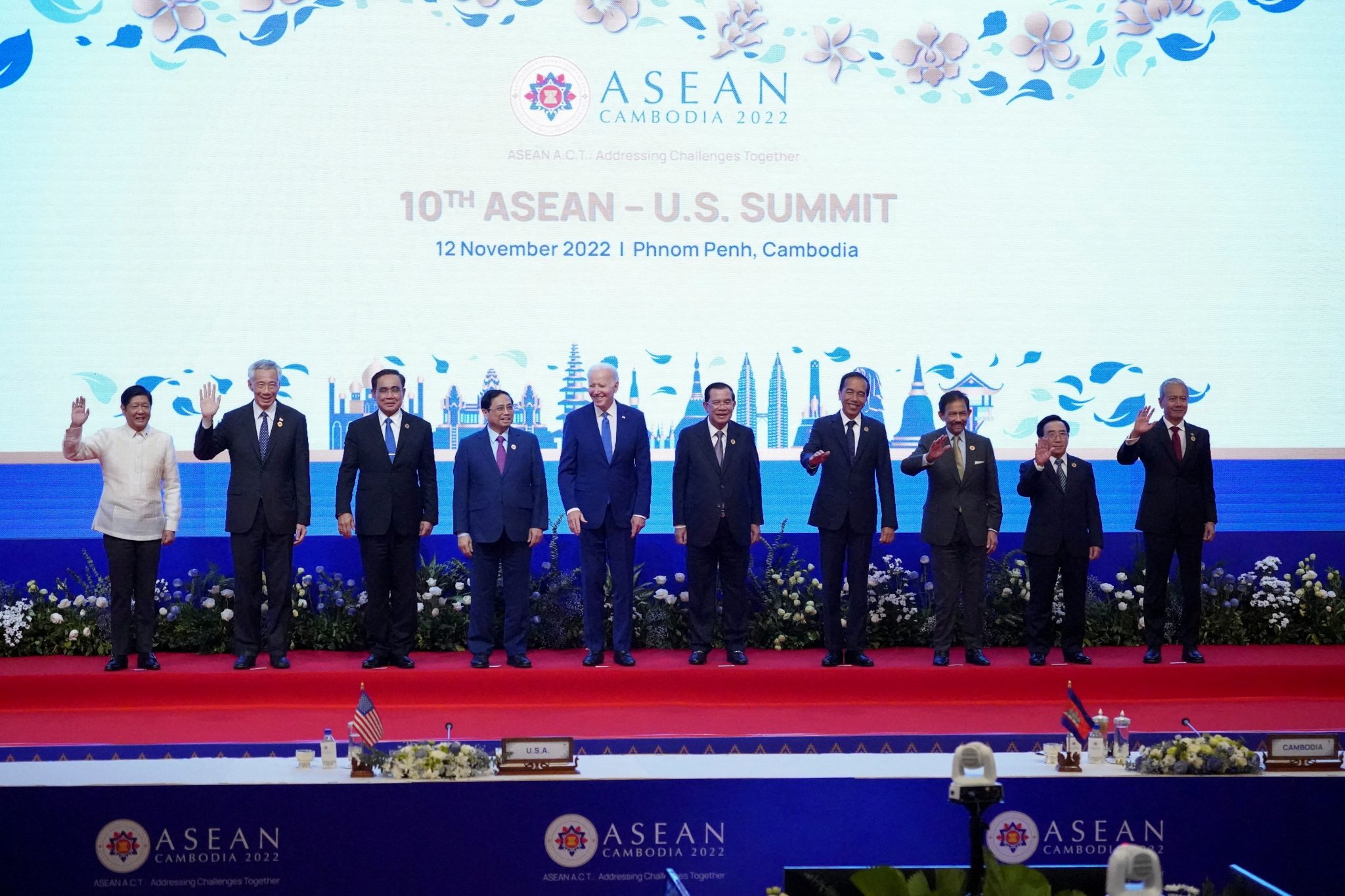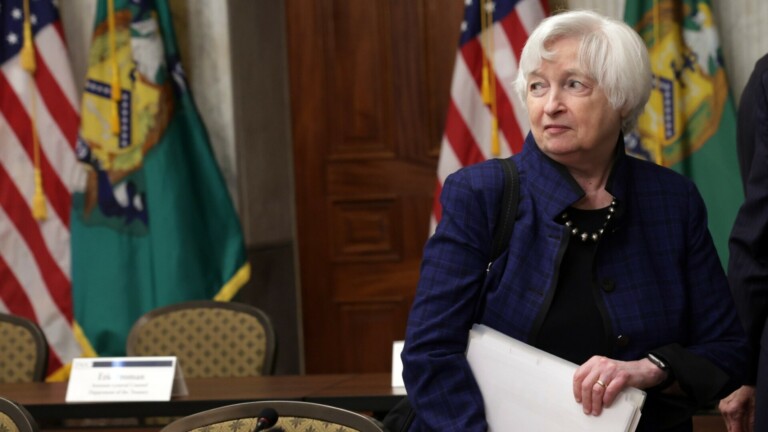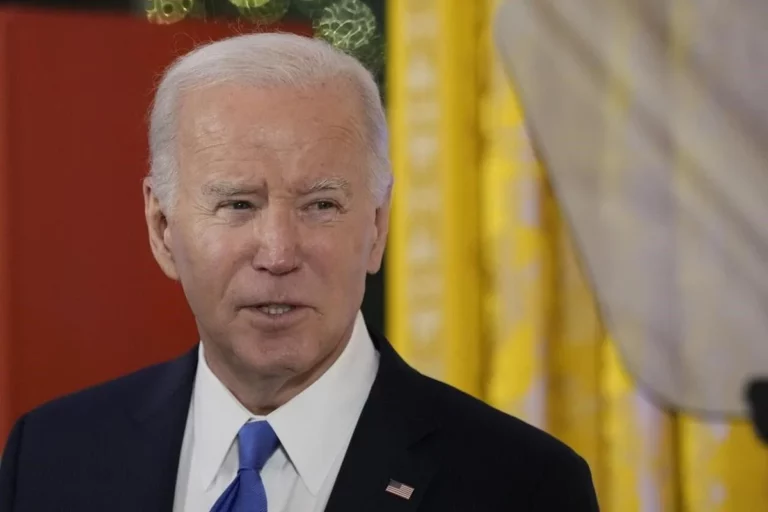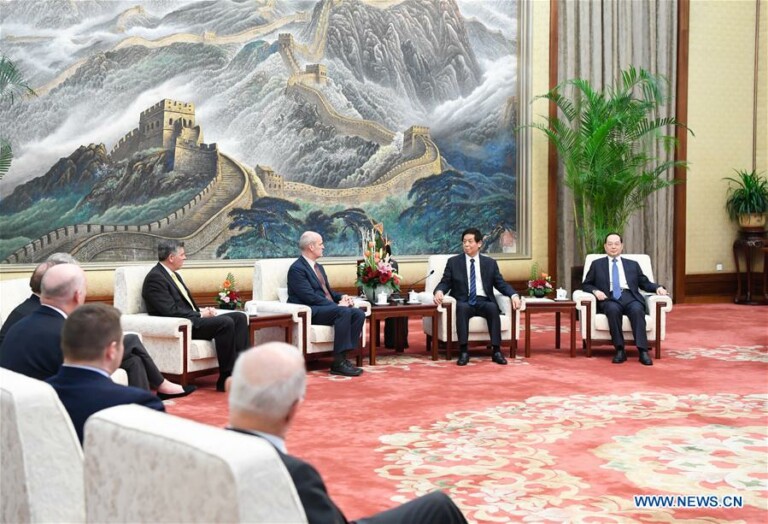As the United States and China continue to engage in a global tug of war, Southeast Asian nations are increasingly pushed to take sides. But taking sides could exacerbate superpower rivalry and risk turning the region into battleground like it was during the Cold War. Southeast Asia’s future hinges on persuading Washington and Beijing to strike a new modus vivendi.
Despite all the talk of a Thucydides Trap, great powers are not destined for war — even cold ones. It took a series of uncontrollable events, misperceptions and over-optimistic calculations for the Cold War to take shape. US–Soviet relations quickly thawed in the 1980s when top leaders on both sides agreed that detente was in both their interests. If the United States and the Soviet Union could do it once before, there is no reason why China and the United States cannot work towards an agreement that allows for peaceful coexistence and responsible competition today.
While US and Chinese leaders may find it difficult to negotiate an all-encompassing modus vivendi quickly, they can begin to initiate such efforts in Southeast Asia. Southeast Asia is the right place to start because the ASEAN countries already believe that their interests are better served when the superpowers cooperate rather than engage in existential struggle. Unlike Europe, where most countries are allied to the United States, Southeast Asia has historically preferred non-alignment.
The centrepiece of a new US–China modus vivendi should be the mutual acknowledgment that neither the United States nor China can dominate the region. They should not force ASEAN countries into a monolithic bloc like the United States did in Western Europe during the Cold War.
The United States should also tone down its criticism of the Chinese Communist Party and acknowledge China’s regional and global status. Washington should support changes to international institutions that reflect China’s increasingly global influence, for example, with larger voting rights in the World Bank. In return, China should acknowledge legitimate US interests in Southeast Asia and credibly signal that it will not overturn the current rules-based order.
The United States and China could both support a reconceptualised comprehensive security framework for Southeast Asia. That framework should encompass traditional security concerns such as maritime disputes and military build-ups, as well as economic and non-traditional challenges like climate change and transnational crime. Addressing the full spectrum of security issues would not only make the region safer but would help the superpowers foster strategic trust.
A regional modus vivendi will require the United States and China to resume high-level talks both bilaterally and in regional forums. Such talks help avoid misunderstandings and military accidents. They would also prevent economic decoupling, which unchecked could cause a total breakdown of regional supply chains and huge costs to regional economic and political security.
The United States and China could initiate pilot trust-building projects in low-stakes domains. For instance, they could work together to enhance regional public health capacities by supporting the establishment of disease surveillance networks, sharing research and best practices and providing training and resources to Southeast Asian nations. This cooperation would help address existing and emerging health threats in a timely manner, while building confidence and laying the groundwork to tackle more complex challenges.
ASEAN can actively assist the United States and China to achieve such a modus vivendi. It can do so by renewing efforts to increase the binding power of regional norms for both member countries and its partners.
ASEAN can mainstream and operationalise the ASEAN Outlook on the Indo-Pacific by encouraging issue-based partnerships with great powers and advancing new regional initiatives. It can renew and upgrade its own multilateral forums — including the ASEAN Regional Forum, the ASEAN Defence Ministers’ Meeting Plus and the East Asia Summit — to ensure that they can serve effectively as platforms to discuss security issues rather than the mere airing of grievances.
Importantly, member states should elevate efforts to enhance ASEAN’s strategic autonomy. Only an ASEAN that is robustly autonomous can effectively safeguard the region’s stability, prosperity and strategic equilibrium.
ASEAN should also actively provide the superpowers with nuanced and up to date insights into regional dynamics and concerns through diverse channels, which would help to inform both US and Chinese decision-making.
A US–China modus vivendi in Southeast Asia does not have to be ambitious to be effective. As long as it promotes a sense of trust between the superpowers and puts some limits on their competition, the model would work and could be replicated in other regions.
As the United States and China continue to navigate their strategic competition, they need to learn from the past and explore opportunities for cooperation and peaceful coexistence. Southeast Asian countries could and should play a vital role in this process, by providing a neutral and inclusive theatre for dialogue and fostering an environment conducive to trust-building and collaboration.
Source: East Asia Forum







